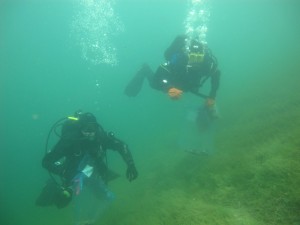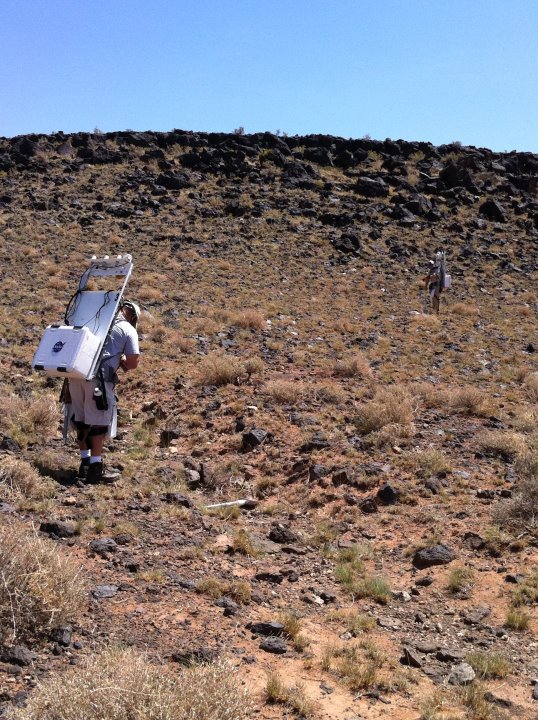
By Dean Eppler,
Dean is this year’s Desert RATS Science Operations Lead
I’m responsible for putting together the team of scientists that will be working with the crew in the field when they are doing science activities at Black Point. I was originally trained as a geologist, but after more than 20 years in the space program, I’ve developed a specialty in defining and executing field science operations – the actual activities a scientist would do outside of a laboratory to understand and explore a particular location. I’ve been fortunate to work at the South Pole, several hundred miles from the North Pole, on volcanoes, in the Grand Canyon, and in everything from a helicopter to a space suit.
After graduating from Governor Livingston High School in New Jersey in 1970, I went to St. Lawrence University in Canton, New York in 1974. I received a Masters Degree from the University of New Mexico in Albuquerque in 1976 and after a stint in the U.S. Army, I attended Arizona State University in Tempe, Arizona, where I received a Ph.D. in 1984. I have been working in the Space Program since 1990, when I moved to Houston as an employee of Science Applications International Corporation. My Desert RATS history goes back to 1997, when Mr. Joe Kosmo and I were part of the first Desert RATS team that went to Death Valley to do ergonomic studies of what geologists do in the field. On that first venture, and almost 10 years of subsequent RATS trips, I was the test subject while Dr. Sudhakar Rajulu, a biomechanics expert, did motion studies of my activities as a did a variety of geologic investigations. In 1998, I “graduated” to doing space suited activities, and for the next 8 years, I was the principal space suit test subject on our almost yearly excursions to Arizona and California. In 2007, I moved up to the science management area, and in 2009, I was hired by NASA, in part to build on my experience on the previous Desert RATS exercises to expand the science support part of the test.
Last year, we tested a 14-day lunar exploration mission, with a full science team supporting the operation…now, what that means in simple terms is that when an astronaut is out on a planet’s surface, doing scientific exploration, there is a wide variety of people supporting them. Some of these folks are from Johnson Space Center’s Mission Operations Directorate and they are concerned with things like the astronaut’s health and safety, the timeline of the day’s operation, and what to do in an emergency. Our science team last year was responsible for paying attention to the scientific part of the mission – what do we want to accomplish scientifically, how is the crew doing it, do they need any scientific expertise to supplement their considerable talents, and are we seeing significant discoveries that we need to pay close attention to? To accomplish that, we had approximately 10 scientists sitting in the science mission control 8-12 hours a day, in effect watching over the shoulders of the crew and helping them do their job in the field.
An important part of what we’re doing is testing – trying out new ideas for things no one has done before, seeing what works, discarding what doesn’t and improving what did. Although NASA has been working on space exploration for 50 years now, there’s still a lot we don’t know how to do, and that we have to learn. The most important part of this business is ideas – thinking of new ones, and testing them so we know what works, and equally important, what doesn’t.
That’s all I have for today…I’ll be posting more details in the next couple of days about what we’re doing, and what we’re learning.

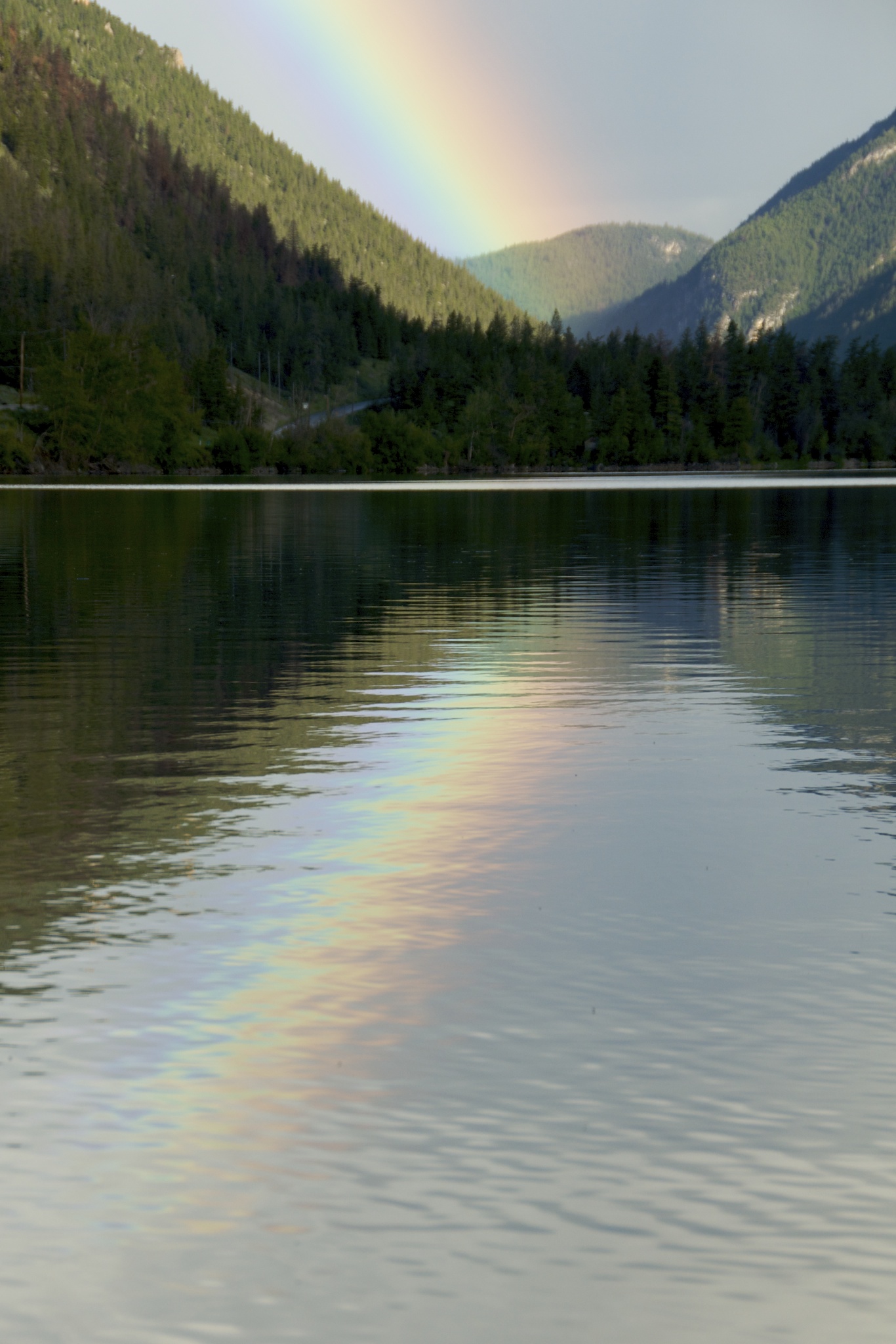
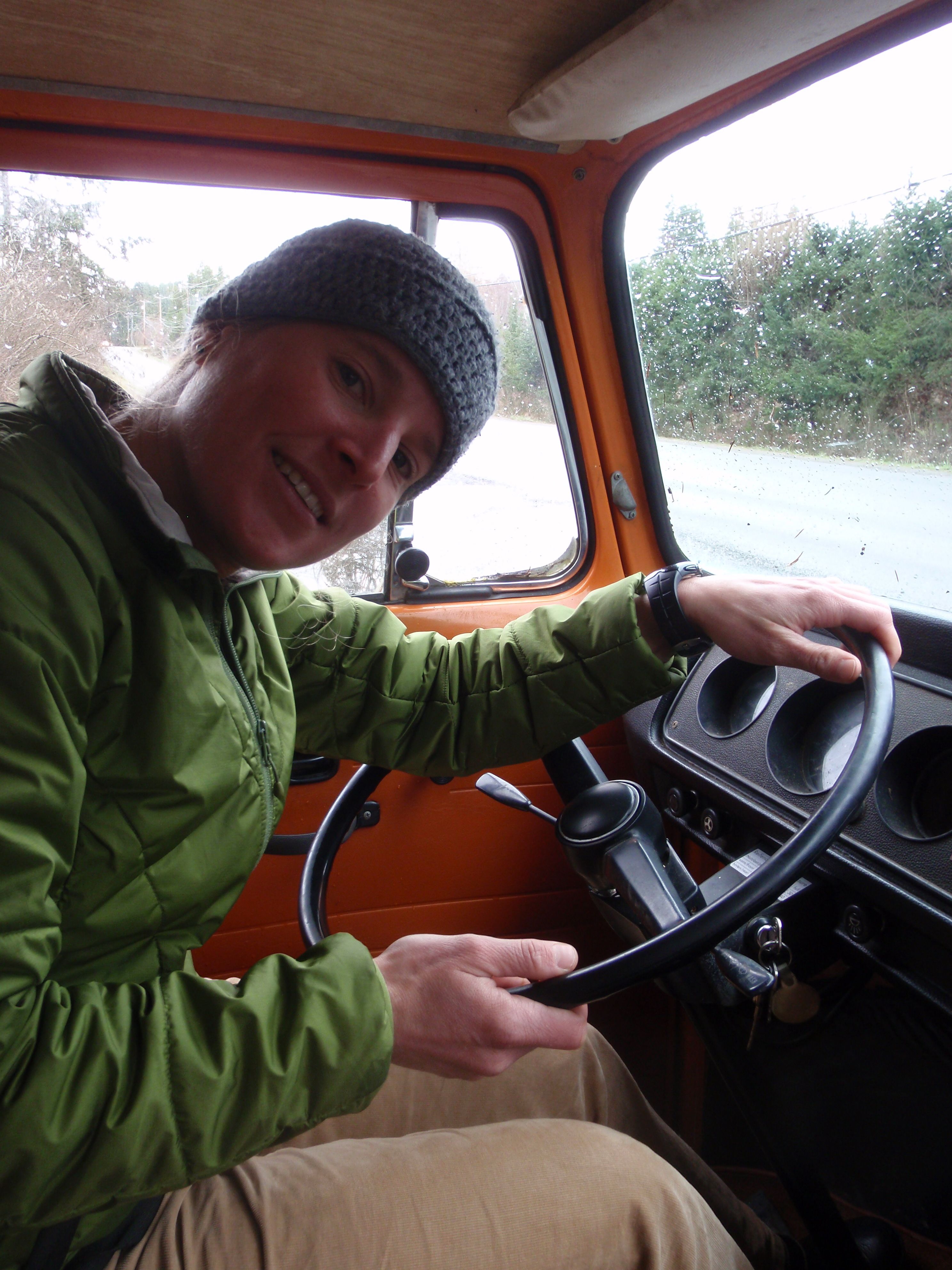 By Dana Lis – Education and Public Outreach coordinator
By Dana Lis – Education and Public Outreach coordinator I’m sure many of you have heard the old adage ‘if it ain’t broke, don’t fix it’. Well, sometimes you learn the most when you take something apart and have to put it back together again. We knew that moving to Kelly Lake from Pavilion would provide some challenges and yesterday as our first day of DeepWorker flight operations, we certainly faced a few hiccups. The navigation software had a few bugs and wasn’t talking to the subs. This was problematic as it meant that although we’d still be able to get video from the subs, we wouldn’t be able to track them as they moved around the lake. One of our main goals at Kelly is to map the distribution and morphological variation of the microbialites at the lake and without the ability to track the subs, we wouldn’t be able to identify the location of images that are collected in order to build our map. But, the scientist pilots themselves are also a valuable source of observational information that should not be overlooked and so we decided to go ahead with the flight of at least one of the subs so that we could gather some input about the microbialites and proceed with our science. With that decision made, Sub 7 was away and happily exploring the eastern shore of Kelly Lake. The flight started off under cloudy weather but soon the sun cleared and it must have brought some good luck with it as the navigation software also starting working shortly thereafter and we were able to get tracking for the majority of the flight path. In the end, we didn’t complete our DeepWorker missions quite as planned and Sub 6 was unfortunately not launched. Sometimes science doesn’t go as planned and you need to roll with the punches, we learned a lot and Day 2 of the DeepWorker operations is expected to benefit from these lessons learned and is expected to go a lot smoother. Stay tuned!
I’m sure many of you have heard the old adage ‘if it ain’t broke, don’t fix it’. Well, sometimes you learn the most when you take something apart and have to put it back together again. We knew that moving to Kelly Lake from Pavilion would provide some challenges and yesterday as our first day of DeepWorker flight operations, we certainly faced a few hiccups. The navigation software had a few bugs and wasn’t talking to the subs. This was problematic as it meant that although we’d still be able to get video from the subs, we wouldn’t be able to track them as they moved around the lake. One of our main goals at Kelly is to map the distribution and morphological variation of the microbialites at the lake and without the ability to track the subs, we wouldn’t be able to identify the location of images that are collected in order to build our map. But, the scientist pilots themselves are also a valuable source of observational information that should not be overlooked and so we decided to go ahead with the flight of at least one of the subs so that we could gather some input about the microbialites and proceed with our science. With that decision made, Sub 7 was away and happily exploring the eastern shore of Kelly Lake. The flight started off under cloudy weather but soon the sun cleared and it must have brought some good luck with it as the navigation software also starting working shortly thereafter and we were able to get tracking for the majority of the flight path. In the end, we didn’t complete our DeepWorker missions quite as planned and Sub 6 was unfortunately not launched. Sometimes science doesn’t go as planned and you need to roll with the punches, we learned a lot and Day 2 of the DeepWorker operations is expected to benefit from these lessons learned and is expected to go a lot smoother. Stay tuned!
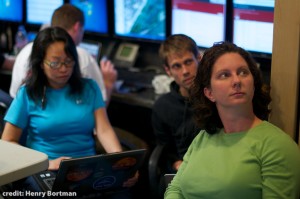 By Jennifer Biddle PhD- Researcher at University of Delaware
By Jennifer Biddle PhD- Researcher at University of Delaware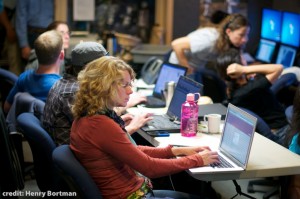
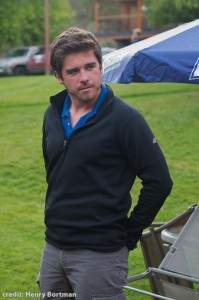 by Joe Russell – PhD student from University of Delaware studying Microbiology
by Joe Russell – PhD student from University of Delaware studying Microbiology